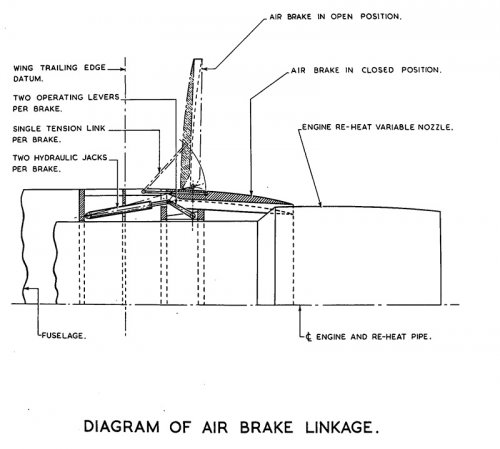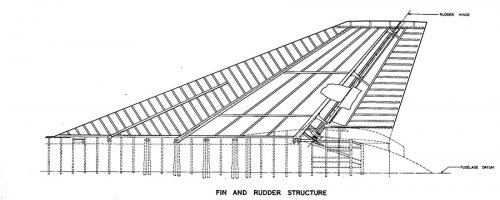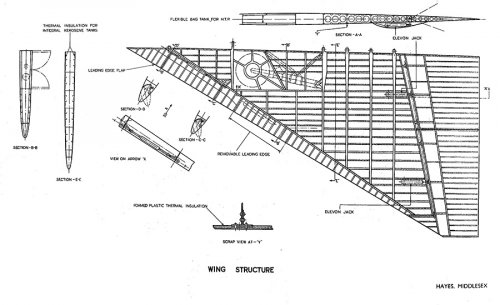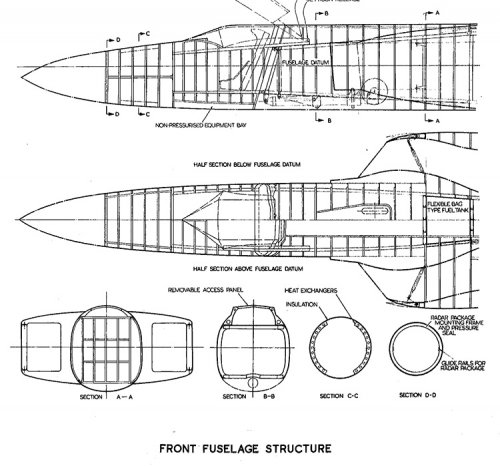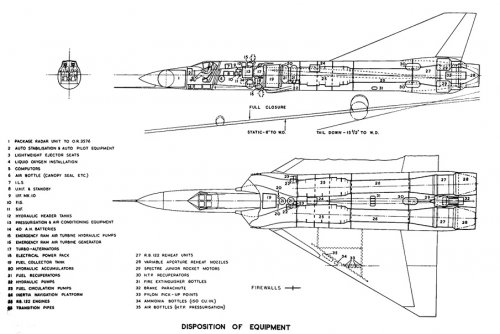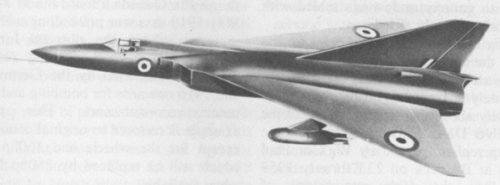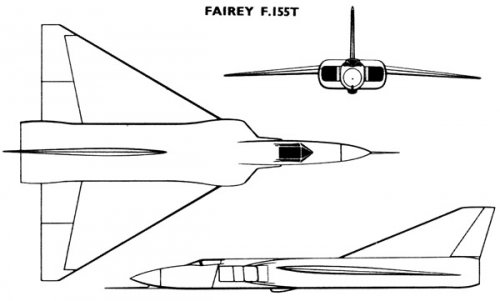- Joined
- 27 December 2005
- Messages
- 16,932
- Reaction score
- 21,822
Some nice drawings from the brochure
Attachments
-
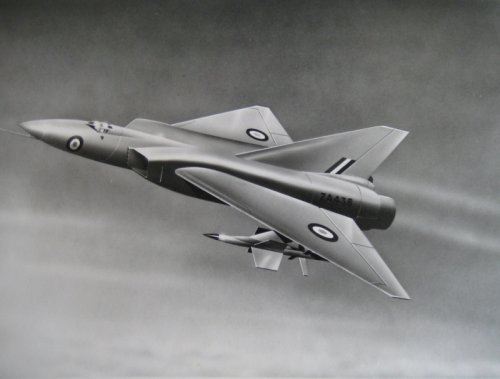 Fairey-F155T-1.jpg144.9 KB · Views: 1,751
Fairey-F155T-1.jpg144.9 KB · Views: 1,751 -
 Fairey-F155T-8.jpg57.6 KB · Views: 647
Fairey-F155T-8.jpg57.6 KB · Views: 647 -
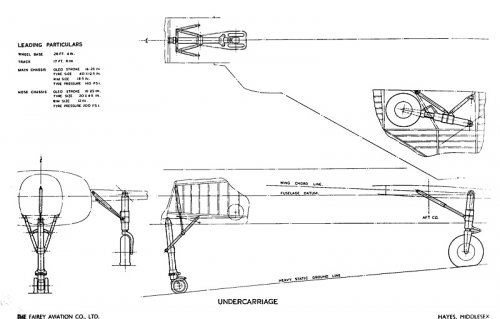 Fairey-F155T-7.jpg83 KB · Views: 639
Fairey-F155T-7.jpg83 KB · Views: 639 -
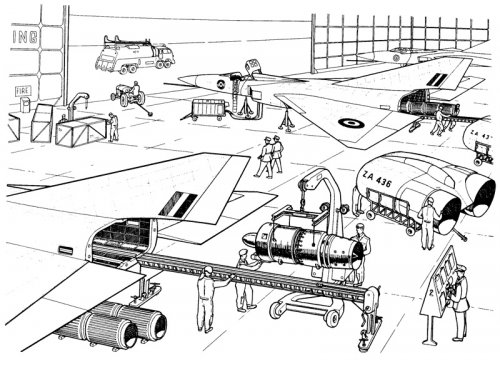 Fairey-F155T-6.jpg186.4 KB · Views: 1,457
Fairey-F155T-6.jpg186.4 KB · Views: 1,457 -
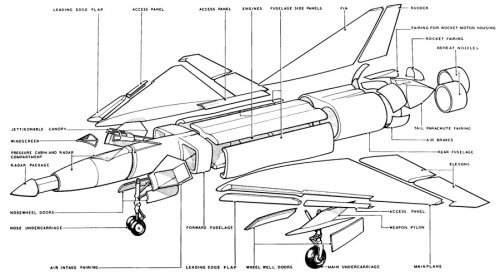 Fairey-F155T-5.jpg125 KB · Views: 1,540
Fairey-F155T-5.jpg125 KB · Views: 1,540 -
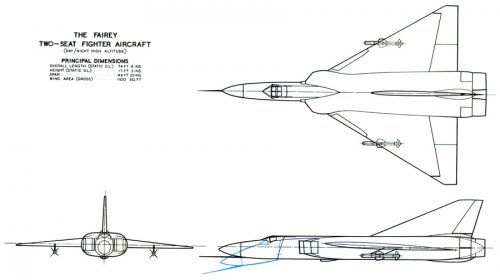 Fairey-F155T-4.jpg76.4 KB · Views: 1,590
Fairey-F155T-4.jpg76.4 KB · Views: 1,590 -
 Fairey-F155T-3.jpg50.3 KB · Views: 1,447
Fairey-F155T-3.jpg50.3 KB · Views: 1,447 -
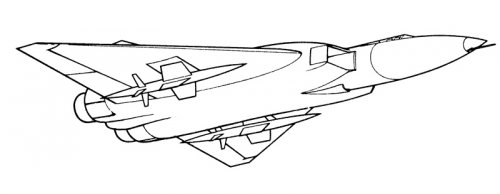 Fairey-F155T-2.jpg40.8 KB · Views: 1,451
Fairey-F155T-2.jpg40.8 KB · Views: 1,451

